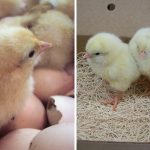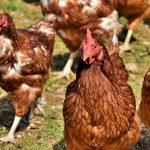
Before eggs can develop into chicks or other poultry, they must experience a specific amount of heat and humidity for a specific length of time. Most hens instinctively know what to do. Here are 6 reasons you may instead prefer to hatch poultry eggs in an incubator. Reliability Hens of your chosen breed may not […]
Continue Reading








